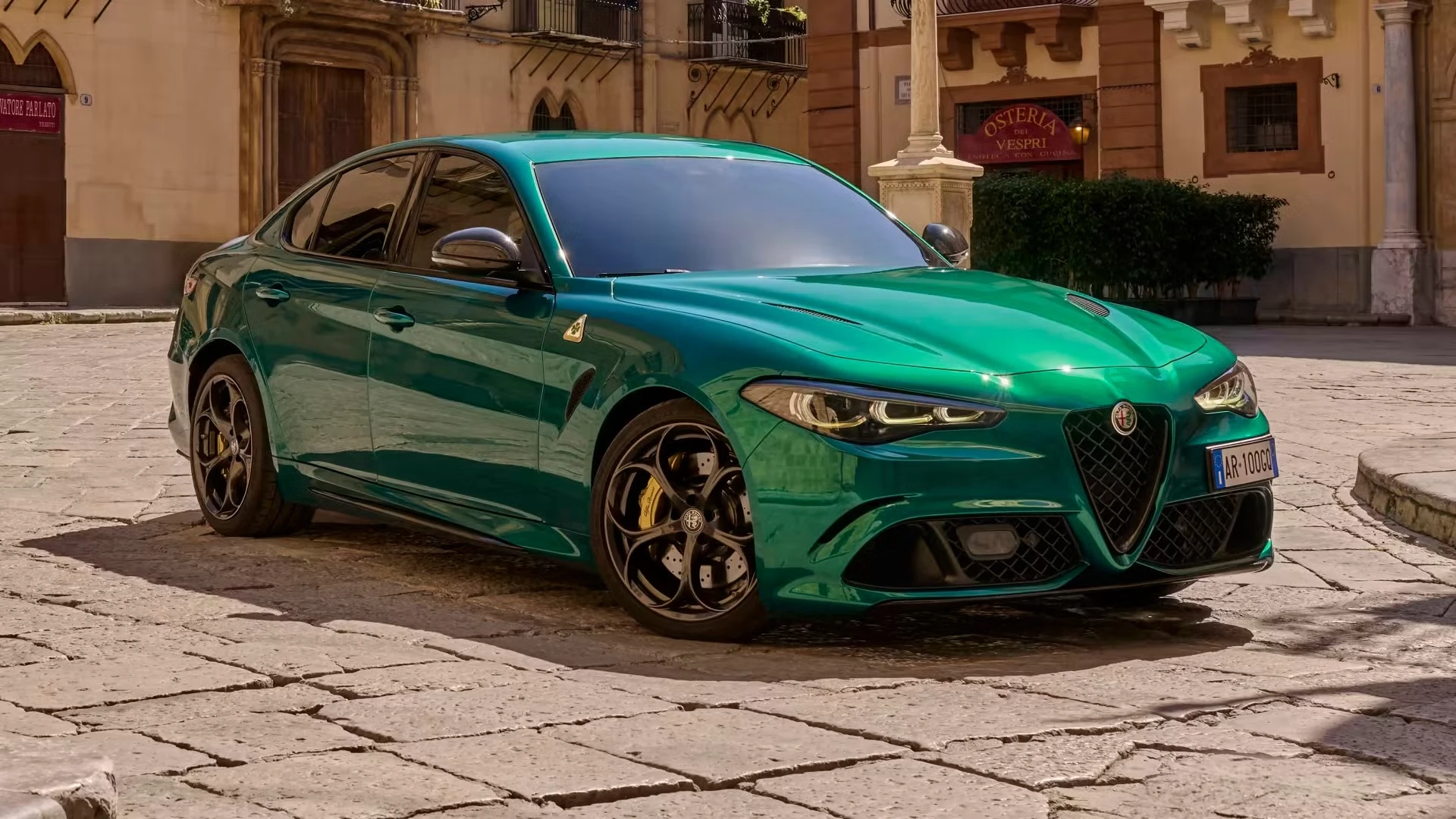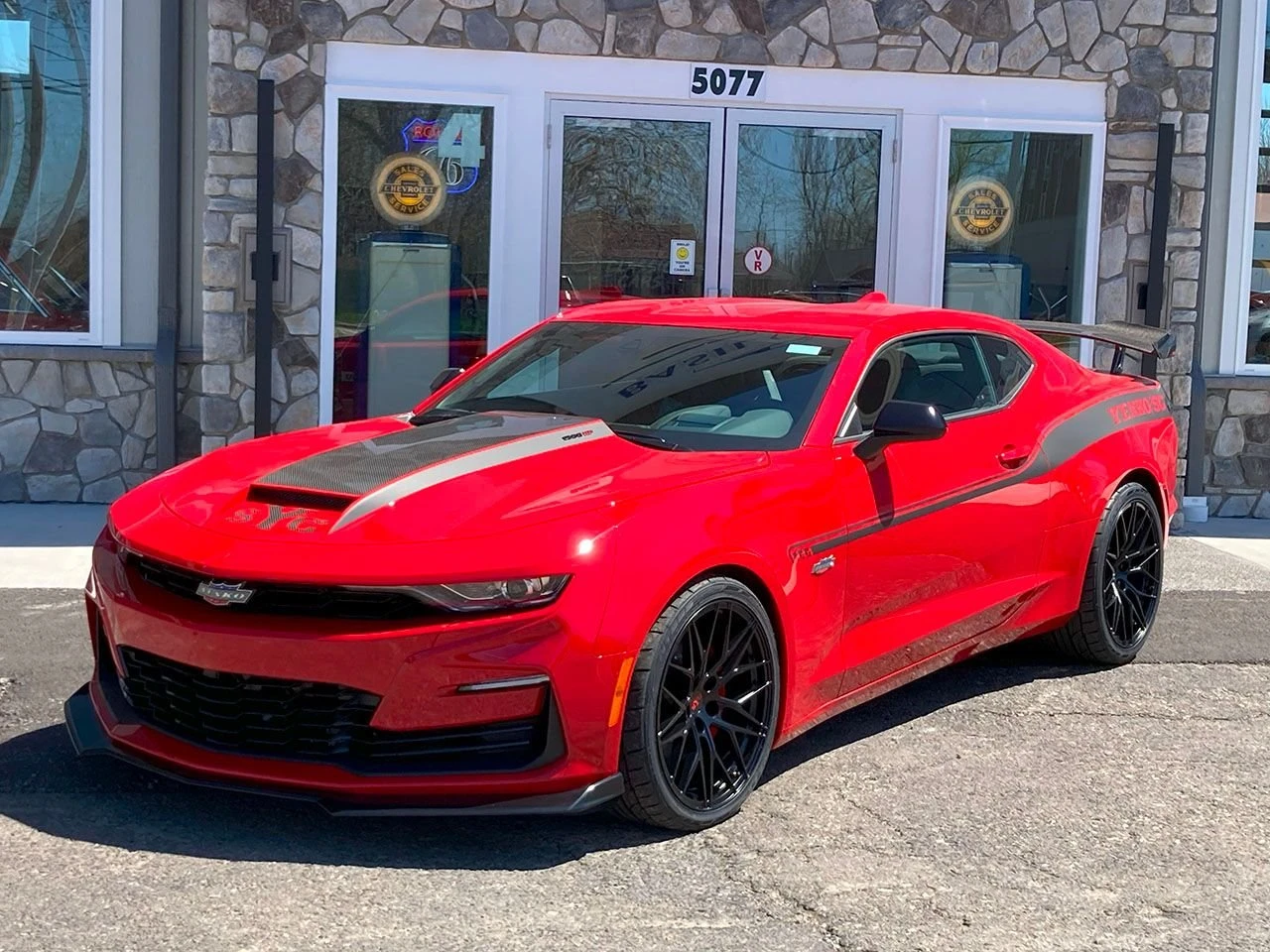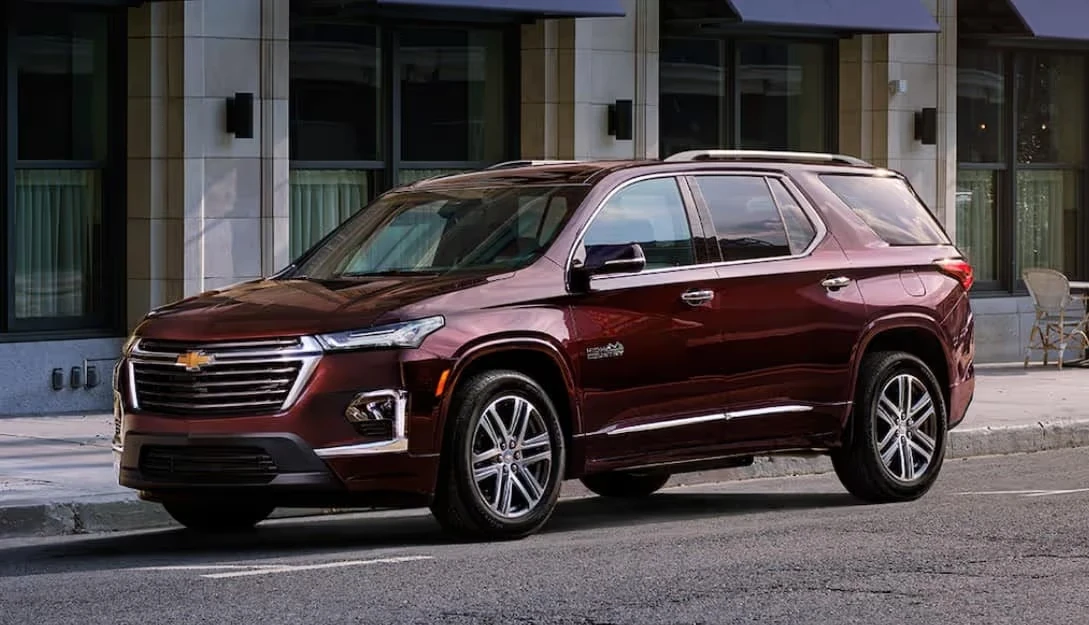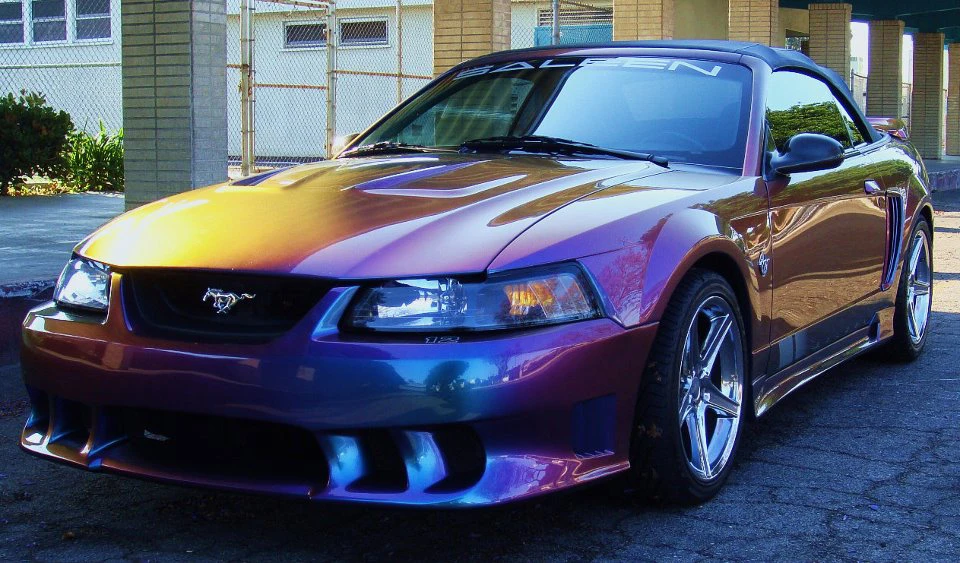Table of Contents
ToggleIntroduction
The world of cars is full of enthusiasts who love speed, power, and control. And when we talk about high-performance sedans acceleration, it’s not just about how fast a car can go—it’s about how seamlessly it blends luxury, technology, and thrill into one package.
Unlike pure sports cars, sedans serve a dual purpose. They carry families comfortably during the week, yet on weekends, they can deliver spine-tingling acceleration that rivals supercars. Think of the BMW M5, Audi RS7, or the Mercedes-AMG E63 S. These machines prove that a sedan can sprint from 0 to 60 mph in under 3 seconds without sacrificing comfort.
Acceleration is more than just numbers on paper; it’s an experience. The feeling of being pushed back into your seat as the car launches forward is unforgettable. But how do manufacturers engineer such speed while keeping sedans practical? Let’s break it down.
The Science Behind High-Performance Sedans Acceleration
Acceleration is all about transferring engine power to the road with maximum efficiency. Engineers use advanced technology to squeeze every bit of performance from modern sedans:
- Turbocharging and Supercharging: More air means more fuel, which equals more power. Cars like the Audi RS7 use twin-turbo setups to push horsepower beyond 600.
- Lightweight Materials: Carbon fiber roofs, aluminum suspension arms, and composite parts reduce weight, boosting speed without sacrificing strength.
- Launch Control Systems: These computer-controlled programs optimize traction and minimize wheelspin, ensuring blistering starts every time.
- All-Wheel Drive (AWD): Unlike rear-wheel-drive sedans of the past, modern AWD systems (BMW xDrive, Audi Quattro) distribute power intelligently for maximum grip.
This combination of technology allows sedans to compete with exotic supercars while still offering four doors and a spacious cabin.
High-Performance Sedans Acceleration in Numbers
To understand the sheer thrill, let’s look at real-world examples:
| Sedan Model | Engine | Horsepower | 0-60 mph (seconds) | Top Speed | Drive Type |
|---|---|---|---|---|---|
| BMW M5 CS | 4.4L Twin-Turbo V8 | 627 hp | 2.9 | 190 mph | AWD |
| Audi RS7 Sportback | 4.0L Twin-Turbo V8 | 591 hp | 3.5 | 190 mph | AWD |
| Mercedes-AMG E63 S | 4.0L Twin-Turbo V8 | 603 hp | 3.3 | 186 mph | AWD |
| Tesla Model S Plaid | Tri-Motor Electric | 1,020 hp | 1.99 | 200 mph | AWD |
| Porsche Panamera Turbo S | 4.0L Twin-Turbo V8 | 620 hp | 3.0 | 196 mph | AWD |
| Cadillac CT5-V Blackwing | 6.2L Supercharged V8 | 668 hp | 3.4 | 200 mph | RWD |
| Maserati Quattroporte Trofeo | 3.8L Twin-Turbo V8 | 580 hp | 4.2 | 203 mph | RWD |
| Lexus IS 500 F Sport | 5.0L V8 | 472 hp | 4.4 | 168 mph | RWD |
| Jaguar XF R 575 | 5.0L Supercharged V8 | 575 hp | 4.2 | 186 mph | AWD |
| Genesis G80 Sport | 3.5L Twin-Turbo V6 | 375 hp | 4.9 | 155 mph | AWD |
This table shows how modern sedans compete at the highest level of speed and power while still maintaining the practicality expected of a four-door car.
How High-Performance Sedans Redefine Driving
Everyday Usability Meets Adrenaline
One of the most attractive things about high-performance sedans acceleration is how versatile they are. Imagine dropping your kids to school in the morning, then hitting the track in the afternoon. Cars like the Tesla Model S Plaid make it possible with insane straight-line acceleration that can embarrass million-dollar hypercars.
A Balance of Luxury and Sport
Sedans offer leather seats, massage functions, and cutting-edge infotainment systems—things you won’t always find in hardcore sports cars. This dual identity makes them perfect for enthusiasts who want comfort without losing thrill.
Safety and Stability at Speed
Modern performance sedans integrate adaptive suspension, ceramic brakes, and dynamic stability control to ensure acceleration doesn’t compromise safety. It’s about controlled speed rather than reckless driving.
Real-Life Example
Take the BMW M5 CS, for example. Owners often describe the experience as “civilized chaos.” In Comfort mode, it feels like a business executive’s car—quiet, smooth, and refined. But switch to Sport+ and engage launch control, and it rockets to 60 mph in under 3 seconds.
This duality is what makes high-performance sedans acceleration so fascinating—it adapts to your mood and purpose.
Electric Sedans and the Acceleration Revolution
The game changed when Tesla introduced the Model S Plaid. With instant torque from electric motors, it delivers a jaw-dropping 1.99-second 0–60 mph time, making it the fastest production sedan in history.
Other brands like Porsche (Taycan Turbo S) and Lucid Air are joining the fight, proving that the future of high-performance sedans acceleration might belong to electric power. Silent, lightning-fast, and eco-friendly—these cars represent a new era of performance.
Challenges in Pursuit of Speed
While exhilarating, building sedans that achieve supercar-level acceleration comes with challenges:
- Weight Management: Luxury features add weight, which can hinder performance.
- Fuel Efficiency: More power often means higher fuel consumption, though hybrids and EVs are helping balance this.
- Price Barriers: These cars aren’t cheap—the engineering required makes them expensive to own and maintain.
Yet, despite these hurdles, demand keeps growing, showing that drivers crave performance in practical packages.
Conclusion
At the heart of every car enthusiast is the love for speed, and high-performance sedans acceleration proves that you don’t need a two-door supercar to experience it. These vehicles combine luxury, technology, and breathtaking performance in one sleek package.
With electric innovation and advanced engineering, the future looks even brighter. Whether it’s a BMW M5, Tesla Model S Plaid, or a Mercedes-AMG, these sedans show us that acceleration isn’t just about numbers—it’s about passion, precision, and the thrill of driving.
FAQs About High-Performance Sedans Acceleration
Q1: Are high-performance sedans practical for daily use?
Yes, they are designed for comfort and usability, making them suitable for daily commutes and long trips.
Q2: Which sedan has the fastest acceleration?
Currently, the Tesla Model S Plaid holds the crown with a 1.99-second 0–60 mph sprint.
Q3: Do high-performance sedans cost more to maintain?
Generally, yes. Advanced technology and premium parts mean higher maintenance costs compared to regular sedans.
Q4: How do electric sedans compare to gasoline ones in acceleration?
Electric sedans like the Lucid Air and Tesla Model S Plaid outperform most gas sedans due to instant torque delivery.
Q5: Are AWD sedans better for acceleration?
Yes, AWD provides better traction, reducing wheel spin and improving launch times.
I’m Waqas, an electric vehicle enthusiast and tech writer with over 6 years of experience covering the EV industry. I write in-depth articles, comparisons, and reviews to help readers understand the fast-evolving world of electric mobility. From battery technology to EV launches and charging trends, I aim to make complex EV topics simple, engaging, and informative for everyday drivers and curious readers alike.






